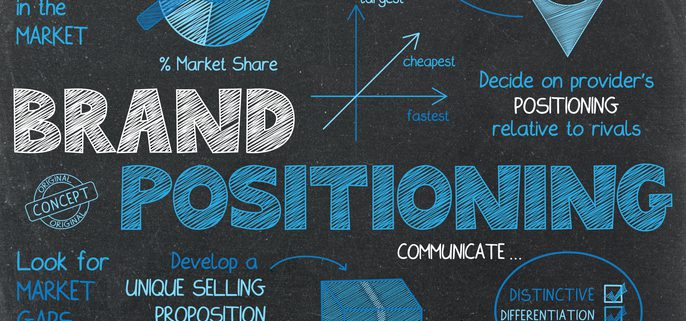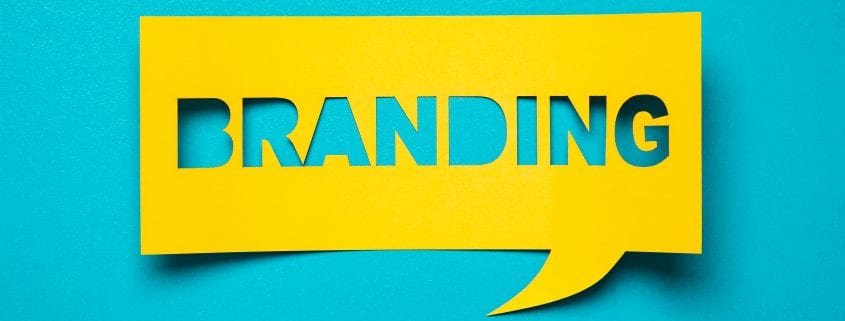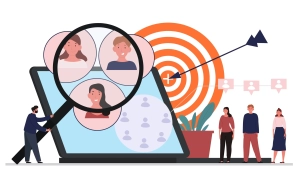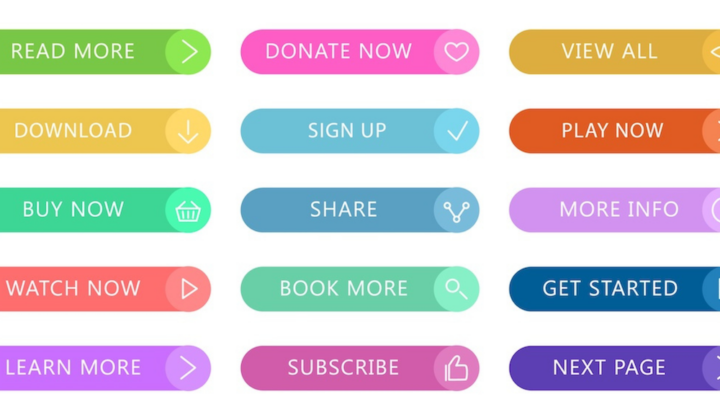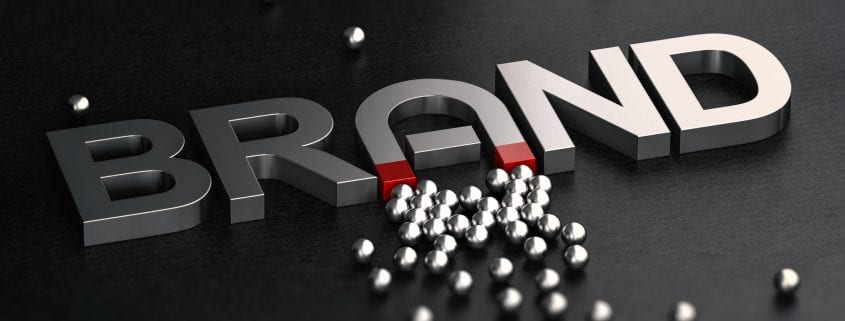
Master Brand Communication: 6 Strategies for Stronger Customer Loyalty
Brand communication is how your company communicates with their current and future customers. It influences customer relationships and shapes how the brand is perceived. Good brand communication can build and maintain brand loyalty among customers. It can also set your company apart from the competition. A good brand communication strategy will showcase your brand’s personality and your unique value propositions in addition to highlighting what it is that makes your products/services distinguishable from those of your competitors. It’s easy to see why good brand communication is important to a company’s success. Here are 6 tips for improving your company’s brand communication.
1. Focus Your Messaging On Benefits:
Consumers choose to buy products/services that will positively impact their life. Use testimonials or real-world situations that showcase other customers experiencing positive results. This allows potential buyers to envision themselves enjoying your product/service. Tell your customers how your product/service will help or benefit them rather than just listing off information about it. This will more effectively convince them to choose your product/service over your competition’s alternative. Many products/services offer similar features, but the way those features translate into tangible benefits for the consumer can set your product/service apart. Explaining how your product/service uniquely meets customer needs provides a convincing reason for customers to choose your product/service over those of your competitors. Making this differentiation is especially effective in crowded markets where there are a multitude of available options.
2. Keep It Consistent:
Visual branding elements help create the specific feeling and experience you’re trying to evoke from your brand. Keep your visual branding elements consistent across your social media posts, website, and all brand communication to increase brand recognition and build a cohesive brand identity. Visual branding elements include your logo, typography, imagery, color scheme, and more. Brand recognition can increase by 80% when you use a signature color. Having your visual branding differ across brand communication can confuse customers and look sloppy and unprofessional. The lack of cohesion can make it more difficult for customers to develop a distinct and lasting impression of your brand. It can also weaken your brand’s credibility.
Conversely, uniform visual branding elements create a sense of familiarity among customers. It also fosters trust and increases brand recognition. In order to maintain consistency when it comes to visual branding elements, you should create and follow a brand style guide that includes your logo, typography, imagery, color scheme, and any other necessary specifications. Doing so will make sure that your external partners, as well as your own team members, produce consistent visual branding elements to represent your brand.
3. Strategically Select Distribution Methods:
Brand communication will do you no good if it is not distributed properly. When distributing brand communication (emails, posts, etc.), it is important to consider two things. One is the best way to distribute the content itself. The medium you utilize for disseminating your brand communication should align with the kind of content you are sharing. Social media should be used for sharing visual content, LinkedIn is best for sharing professional content, etc. Match your content to the appropriate platform to guarantee that your message is delivered in the most effective manner.
The other important thing to consider is the best way to distribute the brand communication based on who it is for. Understanding your audience is necessary to select the best distribution methods, as different demographics have different preferences receiving brand communication. For example, the best way for your brand to communicate with Baby Boomers is different from the best way to communicate with Gen Z.

4. Use Images With Real People:
What would make you want to buy a bag of chips more, a picture of a bag of chips or a picture of someone with a huge smile on their face while eating some of the yummy chips? Images that feature real people create an emotional connection with your audience. They also help your potential customers picture themselves using your product/service. To show consumers that your product will make their life better, show them pictures of people enjoying your product rather than a picture of just the product. An additional reason to use images that feature real people is that it makes customers more likely to perceive your brand as trustworthy, which fosters a stronger brand connection.

5. Pay Attention To Your Headlines:
Make your headlines compelling and clear in order to catch your audience’s attention. The ideal headline length is approximately 6-8 words. Headlines that are too short can be vague and confusing. Headlines that are too long are often skimmed over by readers, or ignored all together. A headline that is too long and packs in too much information also leaves nothing for the subheadline to do. This brings us to our next point.
6. Pay Attention To Your Subheadlines:
A subheadline should support the headline, and include details that expand on it. Again, do not go overboard with the length. If your subheadline is too long, you risk overwhelming your readers, causing them to skip over it entirely. The ideal headline length is approximately 10-30 words. This range keeps the text readable while also allowing you to provide details. Remember to avoid redundancy. Your subheadline should expand on your headline, not repeat it.
Brand communication is a core aspect of a company’s strategy. It influences customer relationships, shapes how the brand is perceived, and sets the company apart from their competition. Use the 6 above tips to improve your company’s brand communication.




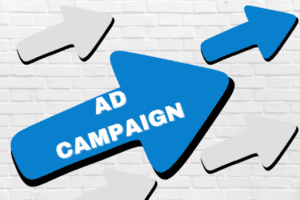
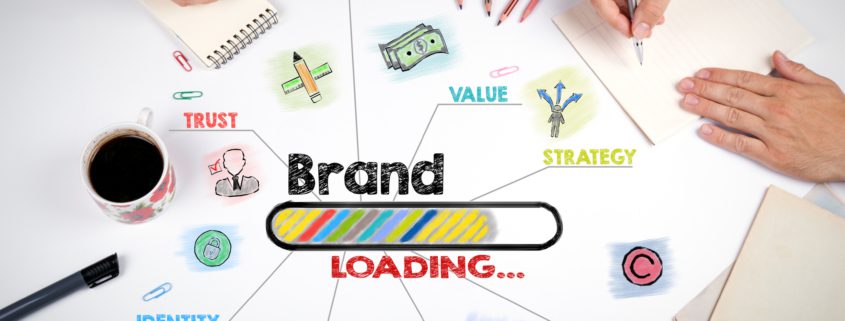
 These micro-group often become the loudest advocates and most consistent buyers. Engaging with specific communities—rather than broadcasting to the masses—leads to more authentic interaction and longer-term growth.
These micro-group often become the loudest advocates and most consistent buyers. Engaging with specific communities—rather than broadcasting to the masses—leads to more authentic interaction and longer-term growth.